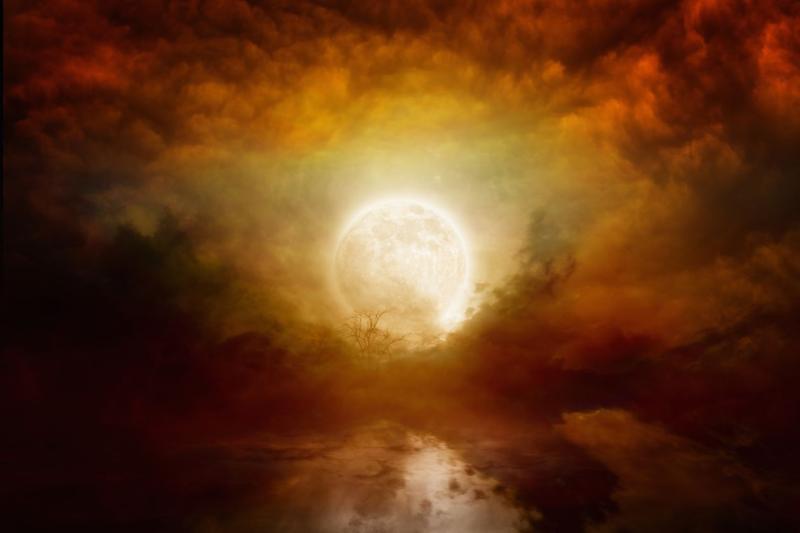Children's Books: A Vampire Tells His Side of the Story - WSJ
By: Meghan Cox Gurdon (WSJ)



Stephenie Meyer’s“Midnight Sun” brings about a long-awaited consummation. It’s not a climactic moment between teenager Bella Swan and the gorgeous vampire Edward Cullen but a consummation that reconnects Ms. Meyer with her vast and hungry audience.
“Midnight Sun” (Little, Brown, $27.99) is a retelling from Edward’s perspective of the conversations and events related by Bella in “Twilight,” the first book of what would become a blockbuster fantasy-romance series published between 2005 and 2008. A dozen years ago, early chapters of “Midnight Sun” leaked to the public, thrilling Ms. Meyer’s fans and inspiring fresh works of amateur homage. For the author, though, the disclosure was a blow, and after making the leaked chapters available on her website, she has said that she had to put the manuscript away until the fuss died down. The result is a massive 658-page addition to the “Twilight” oeuvre that will gratify devotees—but only devotees.
Edward’s testimony in “Midnight Sun” begins with his first awareness of Bella, whose arrival at the high school in Forks, Wash., has the student body thrumming with gossip and speculation. Edward is 104 but looks an eternal 17, the age at which he was converted to vampirism to prevent him from succumbing to the Spanish Flu in 1918. Bella is a clumsy, moderately pretty 17-year-old who inadvertently exudes such powerful sex appeal that she attracts “all things male,” as Edward puts it.
We know from “Twilight” that when Bella takes the seat next to Edward in junior biology class, in their first close encounter, he turns away and seems overcome with strange anger. In “Midnight Sun,” Edward gives a blow-by-blow description of this experience: “Her scent hit me like a battering ram, like an exploding grenade. There was no image violent enough to encompass the force of what happened to me in that moment.” The vampire feels transformed from human-seeming teen to ravenous monster. “Thirst burned through my throat like fire. My mouth felt baked and desiccated, and the fresh flow of venom did nothing to dispel that sensation. My stomach twisted with the hunger that was an echo of the thirst.”
This is a problem for Edward because, unlike conventional vampires, he and other members of the Cullen family have forsworn human victims and feed only on animals. Their ethical commitment sets them at odds with what we might call the wider blood-sucking community, which in “Twilight” and “Midnight Sun” brings the Cullens (and the appetizing Bella) into violent contact with a more traditional vampire clan. A highlight of both books is the moment when, to save Bella from transforming into one of the undead herself, Edward sucks another vampire’s venom out of her hand and gets a taste of her blood: “It hit me like an explosion,” he tells us here. “A bomb detonating inside my body and mind. The first time I’d caught Bella’s scent, I thought I’d be undone. That was a paper cut. This was a decapitation.”
It is fair to say that in the years since the “Twilight” series first appeared, Ms. Meyer’s prose has not become more artful. Edward’s senses flail “like tentacles.” He wants to “flush out [Bella’s] thoughts’ hiding place.” He worries that the girl will wander “into the path of another death sentence.” In these pages, there’s a great deal of glowering. Jaws are flexed and tightened and clenched and locked. Characters engage in fantastically banal conversations that are freighted with unspoken meaning. We know this because every bland utterance—and there is no other kind—comes encrusted with moment-by-moment exposition. Consider, for instance, this exchange between Edward and Bella after another biology class. Edward is torn. He wants to leave the girl alone, and he wants to drink her blood:
“Bella?” I said, unable to stop myself. My willpower lay in shreds.
She hesitated before looking at me. When she turned, her expression was guarded, suspicious.
I reminded myself that she had every right to distrust me. That she should.
She waited for me to continue, but I just stared at her, reading her face. I pulled in shallow mouthfuls of air at regular intervals, fighting my thirst.
“What?” she finally said, a hard edge to her voice. “Are you speaking to me again?”
I wasn’t sure how to answer her question. Was I speaking to her again, in the sense that she meant?
Not if I could help it. I would try to help it.
“No, not really,” I told her.
Of course, it’s not the writing but the story that has captivated readers. Ms. Meyer conjures a world of thrilling, elemental desire, one moreover in which teenage mediocrity is rewarded with immortality and the passionate love of a supernatural hottie. So kudos to Ms. Meyer for giving her readers another excuse to return to the story that hooked them in the first place.
That said, “Midnight Sun” feels like a missed opportunity, creatively if not commercially. We know from “Twilight” that Edward, who doesn’t sleep, has spent his evenings for the past century reading books, learning languages and becoming a virtuoso pianist. He’s glamorous, rich and cultivated, with superhuman faculties (he can read minds and has perfect recall), and he has witnessed the 20th century from the Model-T to the internet. So it’s disappointing that the Edward of “Midnight Sun” has even less of an inner life than the ordinary teenage girl he pursues. He’s shallow and anxious. His emotions lurch with pubescent abruptness. He second-guesses himself, struggles to block his own thoughts, hisses and sighs and groans and carries on. You wouldn’t think that he had read anything, thought anything or learned anything since his days as a callow human. All of this makes “Midnight Sun” no more and no less than it promises to be. It is “Twilight” told from Edward’s perspective, which, it turns out, is both unimaginative and immature.






Obviously the word children here meaning young adult.
